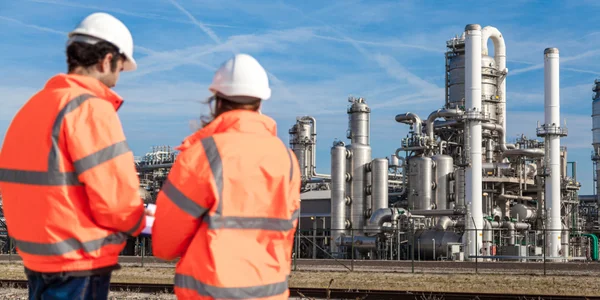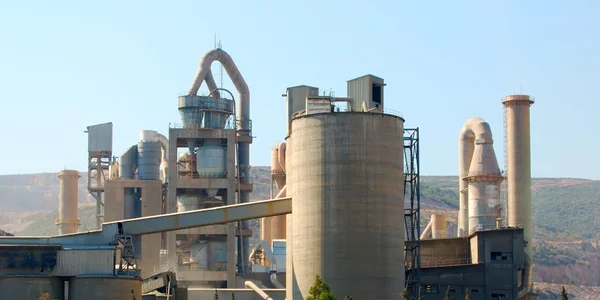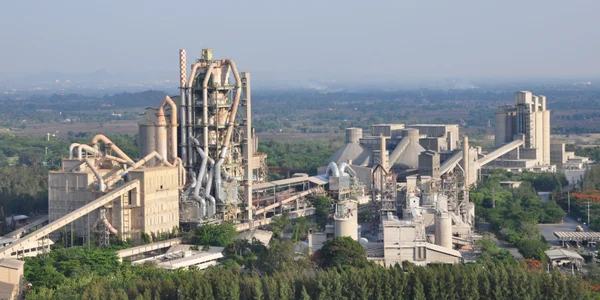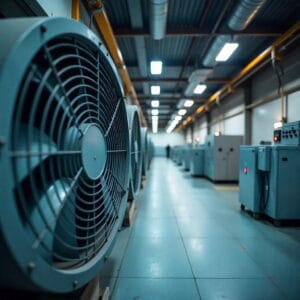Offices
HEADQUARTER

Germany
- Intensiv Filter Himenviro Technologies GmbH
Neustraße 45 - 49, 42553, Velbert, Deutschland/Germany - +49 20534200990
REGIONAL OFFICE

Great Britain
- Intensiv Filter Himenviro UK Limited
47, Bath Street WS13BX, Wallsall West Midlands, Great Britain - +44 1922 628893
REGIONAL OFFICE

United Arab Emirates
- Intensive Filter Himenviro Technologies FZE – LLC
Business Centre, Sharjah Publishing City Free Zone, Sharjah, UAE - +971-556074697
REGIONAL OFFICE

India
- Intensiv-Filter Himenviro Private Limited
D-247/11, Sector-63, Noida - 201301, Uttar Pradesh, India - +91-120-4642-500
REGIONAL OFFICE

India
- Intensiv-Filter Himenviro Private Limited
D-247/11, Sector-63, Noida - 201301, Uttar Pradesh, India - +91-120-4642-500
REGIONAL OFFICE

India
- Intensiv-Filter Himenviro Private Limited
D-247/11, Sector-63, Noida - 201301, Uttar Pradesh, India - +91-120-4642-500
Steel & Metal Air and Dust Filtration Solutions
The steel and metal industries generate intense levels of airborne pollutants, including fine dust, metal particles, and fumes, which, if uncontrolled, can lead to environmental contamination, health risks for workers, and equipment damage. Our air and dust filtration systems are tailored to handle these high-demand environments, capturing emissions from melting, smelting, casting, and finishing processes. Engineered to withstand high temperatures and particulate loads, our solutions improve air quality, enhance regulatory compliance, and protect workforce well-being, ensuring a cleaner, safer production environment.
Dust Filtration Process in the Steel & Metal Industry
The electric arc furnace is used for the manufacture of constructional steels, high-grade steels, and stainless steels. Furthermore, it is used for the manufacture of carbide and synthetic crystals.
Dust removal plants for electric arc furnaces fully extract and clean the primary waste gases of the arc furnace, as well as any secondary waste gases produced during fusing, run-off or during loading and deslagging. The waste gases that form in the pan furnace, during material handling and in other connected plants are extracted and treated.

Filter for roof hood
Filter for EAF
- 1. Roof hood
- 2. Filter for roof hood
- 3. Ventilator
- 4. Chimney
- 5. Electric arc furnace
- 6. Water-cooled tubing
- 7. Heat exchanger
- 8. Filter for EAF
- 9. Ventilator
- 10. Converter
Required specifications
Filter Title PJM
Typical design data | Roof hood |
|---|---|
Gas volume | 1,000,000 |
Gas temperature | 80 |
Type of dust | Iron oxides combustion residues |
Residual dust content | < 10 |
Raw gas dust content | < 5 |
Cleaning | online / offline |
Filter medium | Polyester |
Explosion protected design | not necessary |
Sorbent | not necessary |
Filter Title PJM
Typical design data | Electric arc furnace |
|---|---|
Gas volume | 120,000 |
Gas temperature | 120 |
Type of dust | Iron oxides combustion residues |
Residual dust content | < 10 |
Raw gas dust content | < 5 – 10 |
Cleaning | online / offline |
Filter medium | Polyester |
Explosion protected design | not necessary |
Sorbent | not necessary |
Applications for Steel & Metal Dust Control
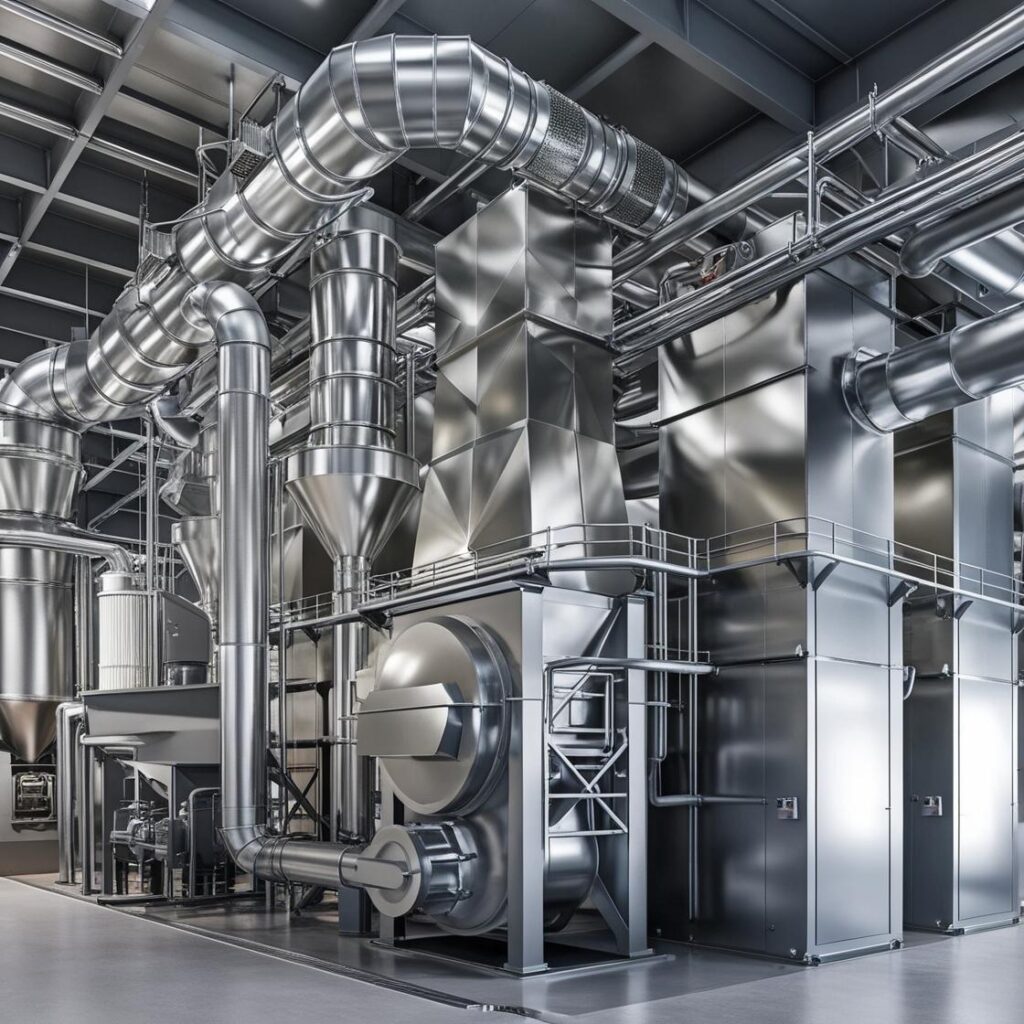
Controls dust and fumes released during smelting and melting, capturing hazardous particles generated in high-temperature furnaces.
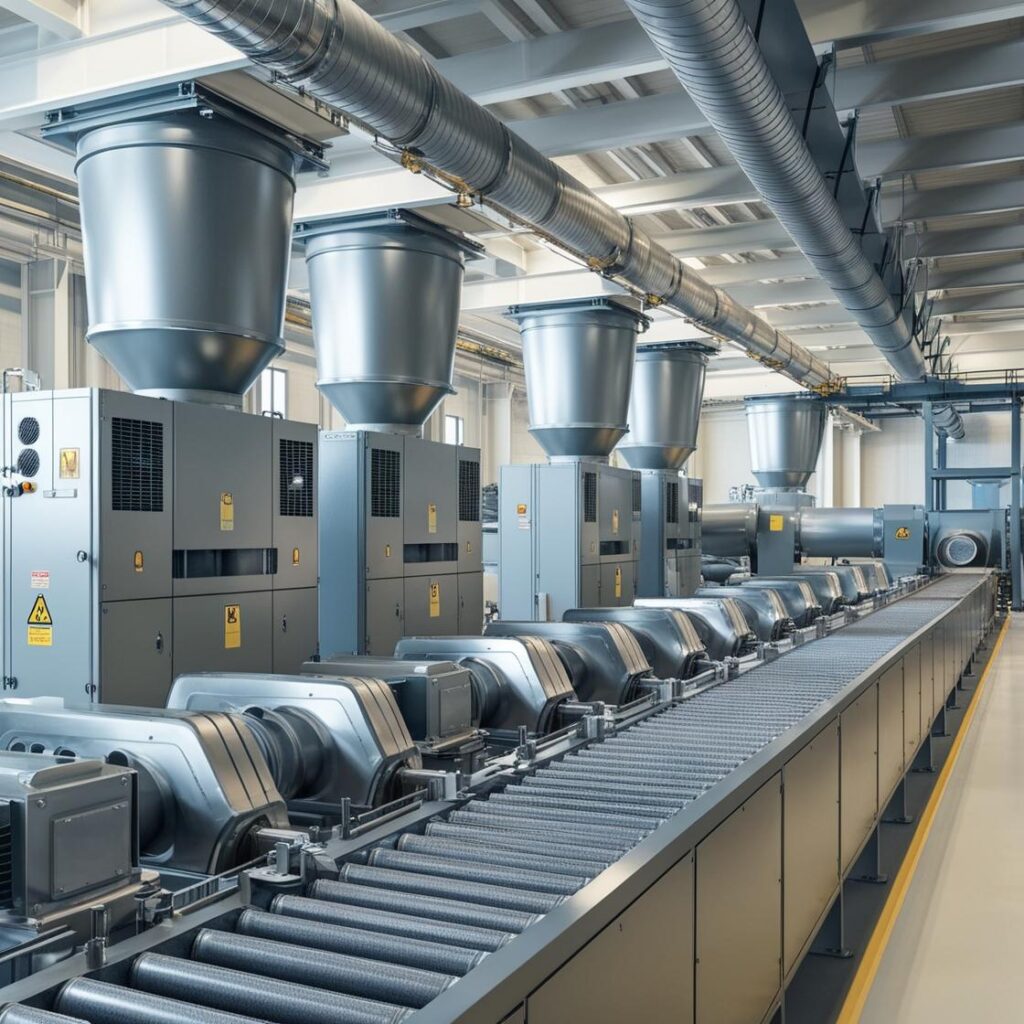
Reduces emissions from casting operations, capturing airborne particulates and metal fumes that can impact air quality.

Removes fine dust and metal shavings produced during grinding and polishing, preventing contaminants from affecting product quality and worker safety.
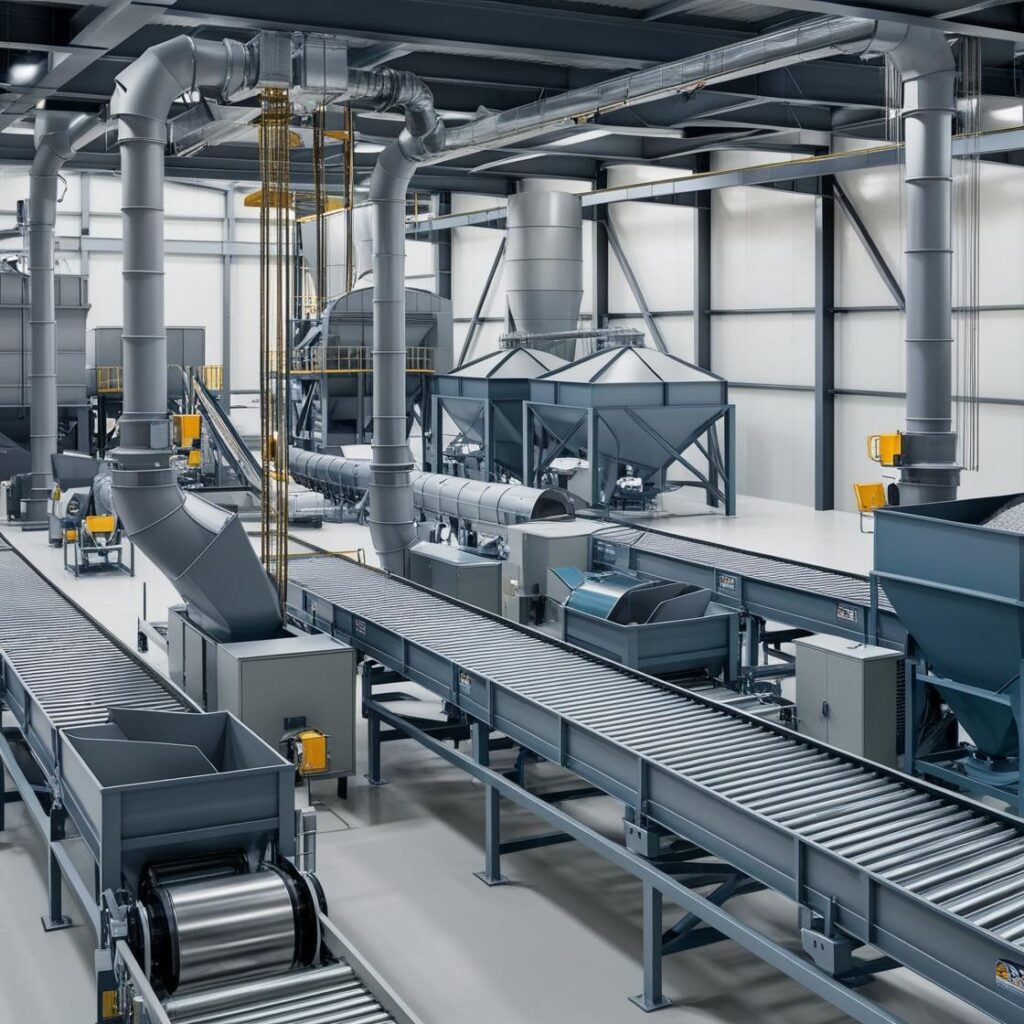
Controls dust generated during material handling, transport, and storage, minimizing particle release into the work environment.
Regulatory Landscape for Dust Control |
|---|
Air Quality Standards Compliance |
Worker Health & Safety Compliance |
Fire & Explosion Hazard Prevention |
Environmental Protection Compliance |
Real-Time Emission Monitoring |
Heat Resistance |
Reduced Maintenance & Downtime |
Product Quality Assurance |
Lower Operational Costs |
Dust Control Challenges |
|---|
High Dust and Fume Levels |
Worker Health Risks from Metal Particles |
Stringent Environmental Regulations |
Fire & Explosion Hazards |
Contamination of Final Products |
Abrasive Dust Wear on Equipment |
Temperature Tolerance Requirements |
Managing Large Dust Collection Volumes |
Minimizing Maintenance-Related Downtime |
Key Considerations for Effective Dust Control |
|---|
Targeted Capture at Emission Points |
Durability Under High Temperatures |
Optimized Airflow & Pressure Control |
Heat-Resistant Filtration Materials |
Regular Maintenance Protocols |
Industry-Standard Compliance |
Flexible, Custom Solutions |
Risk Mitigation for Combustion Hazards |
Dedicated Systems for Different Production Stages |
Connect with us for Expert Consultation
Explore Our Other Services !
Frequently Asked Questions
In steel and metal processing, common filtration systems include baghouse filters, electrostatic precipitators (ESPs), wet scrubbers, and cyclone separators. Baghouse filters use fabric bags to capture dust particles, while ESPs use electrical charges to remove particulates from exhaust gases. Wet scrubbers remove pollutants by introducing a scrubbing liquid, and cyclone separators use centrifugal force to separate dust from gas streams. The choice of system depends on factors such as particle size, gas temperature, and specific process requirements.
Filtration systems enhance air quality by effectively capturing and removing particulate matter and pollutants generated during metal processing. By reducing emissions, these systems help facilities comply with environmental regulations and standards, thereby minimizing their environmental impact and promoting a safer workplace.
ESPs offer high efficiency in removing fine particles, achieving up to 99% efficiency, which is particularly beneficial in steel manufacturing where flue gas emissions often contain fine dust particles. They are capable of handling large gas volumes and operate effectively at high temperatures. Additionally, ESPs have relatively low pressure drops, resulting in lower energy consumption during operation.

